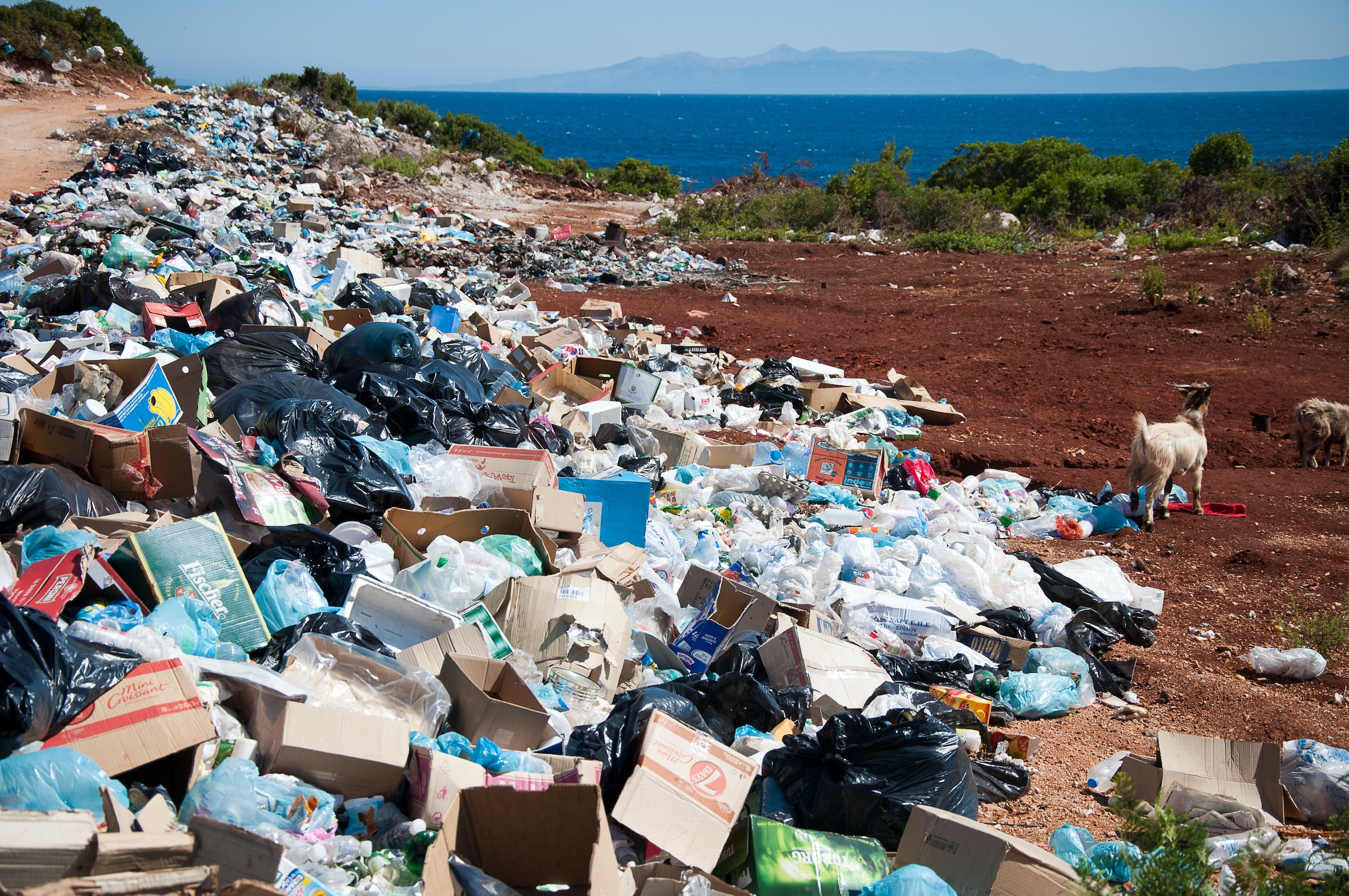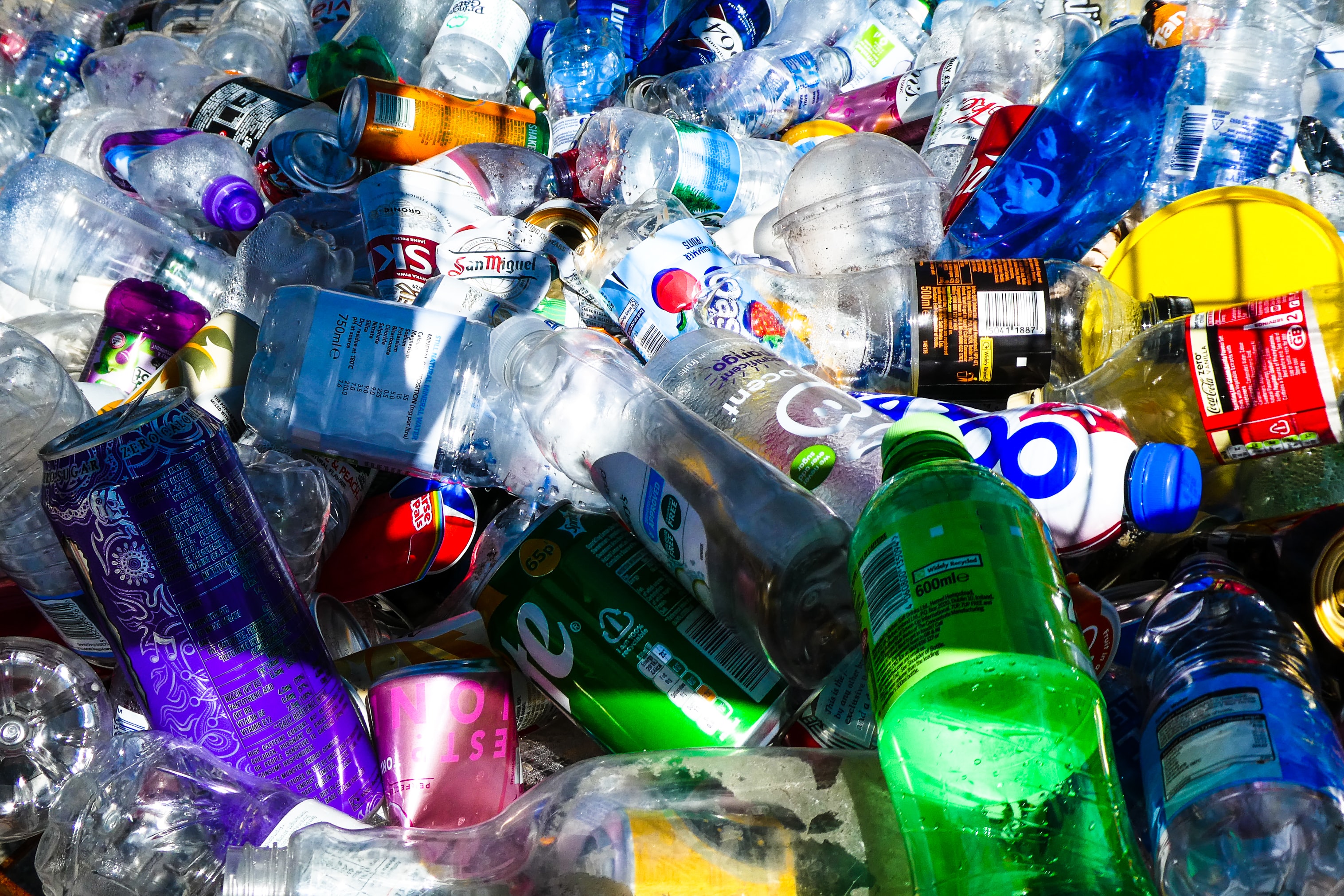Fighting the Climate Crisis with Robots
I think it's fair to say the climate crisis is something that's close to everyone's hearts (If it isn't close to yours, it should be). In recent years, there's been increasing pressure for climate action, and in response there's been an increasing number of climate initiatives involving modern technology. Let's take a look at a few!
Forests
Most people are aware of the basics: trees are good for the environment. Yes, yes, algae do more work for the atmosphere than trees, blah, blah, blah. Let's focus on 'trees good', though: by extension, deforestation bad, and the opposite - 'afforestation' - good. Some initiatives are automating the planting of large quantities of trees.
Planting With Drones
One strategy is using large drones, carrying 'seed ball packs', to distribute the seed balls
over a large, remote areas quickly. It's especially effective when it comes to replanting
forests damaged by wildfires, particularly in places less easily accessible by conventional
vehicles (cars).
Interestingly, aside from acorns or seeds, each 'seed ball' also contains
chilli; this prevents the seed balls from being eaten by local wildlife!
Planting With Autonomous Vehicles
Milrem Robotics has designed two autonomous forester vehicles, a planter and a brushcutter. The planter can carry more than 300 seedlings at once and is capable of planting a hectare of new forest in 5~6 hours, totalling between 1000 and 3500 seedlings in that time. It records and communicates the exact location of each seedling to the brushcutter - which can then remove competing vegetation around the seedlings.
Recycling
Clearly, a substantial quantity of greenhouse gas emissions can be attributed to the wasteful fabrication of products, such as packaging, that end up being household rubbish. As we all probably know, recycling helps to combat this waste by re-using materials, particularly plastic or aluminium, instead of producing more from raw resources.
Sorting with Raspberry Pi
However, recycling poses a problem: since all materials should be processed differently, it must be sorted into different media! This is quite a tricky challenge. Recently, a team of researchers utilised a Raspberry Pi fitted with high-resolution camera to differentiate paper, glass, plastic, metal and cardboard. It isn't magic, though; it does this using a neural network algorithm trained on 3,500 unique images of rubbish. Armed with this data, the Pi can control robotic arms to remove these objects from the conveyor and place them into specific receptacles.
Construction
Another sector famous for its effect on the climate is construction. Unsurprisingly, a significant portion of non-agricultural emissions can be attributed to the construction industry. Additionally, popular construction materials such as concrete consume immense quantities of - usually potable - water, which is a shockingly limited resource; only about 3% of Earth's water is freshwater, and only 0.4% of this is accessible! (the rest is locked up in polar ice caps, or deep underground)
Buildings Made of ... Soil?
A research team from Texas A&M University plan to replace concrete with earth local to construction sites. This plan depends on their ability to improve soil's load-bearing capabilities, to which the research lead said they "are making excellent progress". Allegedly, 3D printing enabled a versatility which allowed them to construct entire architectural facades! However, meeting existing building regulations with such structures remains a challenge.

